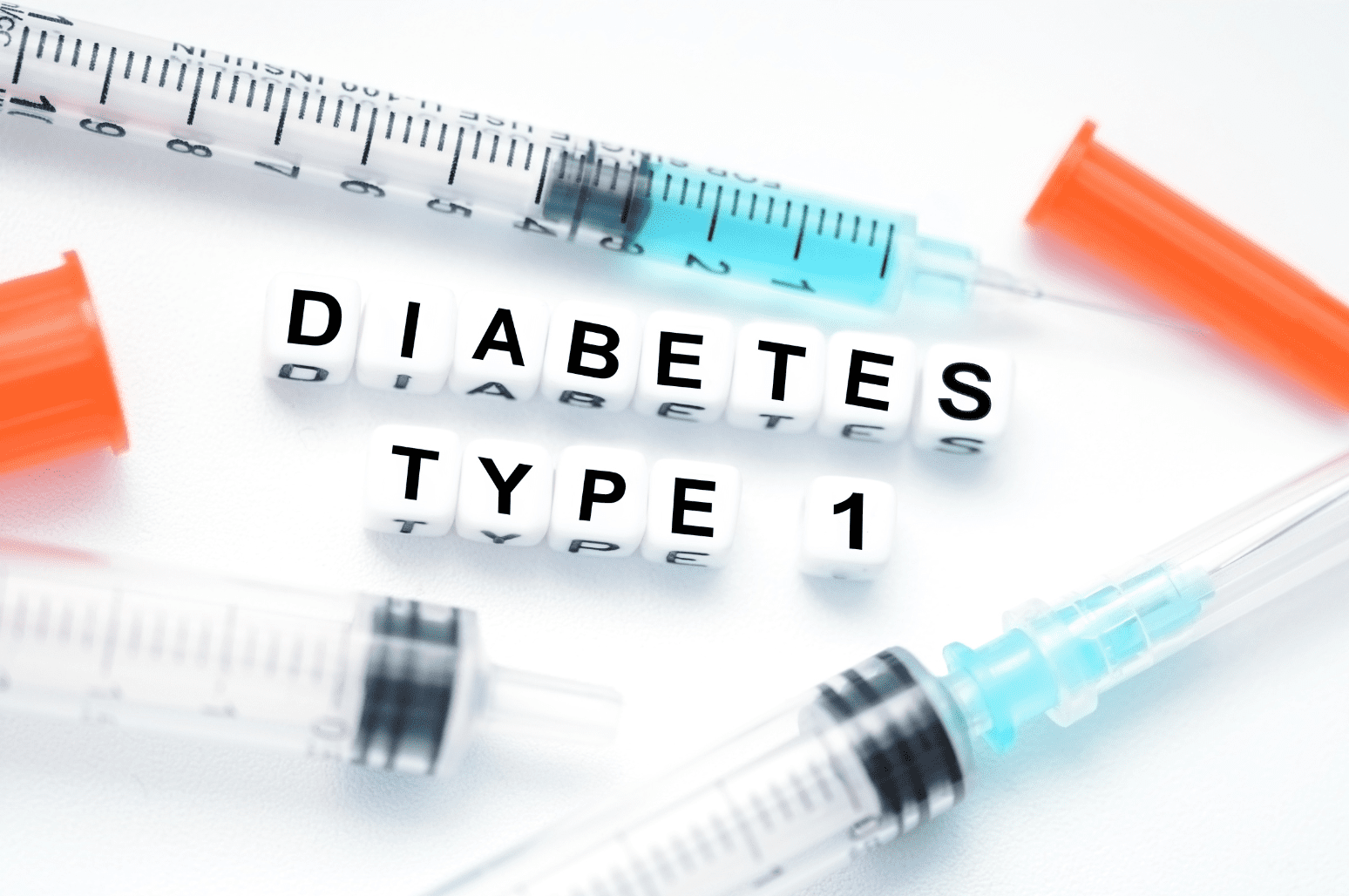
You might have heard about intermittent fasting, which has been very popular for some time, regardless of what type of diet one is following. But what is intermittent fasting and how does it differ from extended fasting? There are many benefits of fasting, such as potentially increased longevity, increased autophagy (which decreases metabolic dysfunction, leads to healthier organs, and supports brain health), weight loss, and as an adjunct therapy in cancer treatment. This article will describe what intermittent fasting is and dig into some of the research to find out if it actually works to help people lose weight and to provide other benefits.
What Is Intermittent Fasting?
Extended or prolonged fasting refers to fasting for a period usually longer than 24 hours–even up to two weeks and in more extreme cases even longer–during which no food is consumed and only water, plain tea, and coffee are allowed. When only water is consumed during a fast it’s called a water fast. What breaks a fast is dependent on the purpose of the fast.
Intermittent fasting, on the other hand, refers to a regular fasting schedule in which food is only consumed within a specific timeframe. The most popular ways to intermittent fast are:
Time-restricted eating: This refers to fasting from 14 hours up to 23 hours a day and eating within a timeframe of 10 or less hours. This is often referred to as 14:10, 16:8, 18:6, 20:4 etc., where the first number is the hours fasted, and the second number is the feeding window (or number of hours during which food can be consumed). OMAD stands for One Meal A Day and is the most extreme type of time restricted eating, in which one fasts for around 23 hours every day and eats one meal per day (23:1).
Fasting for a whole day: This type of fasting involves one day fast without food or consumption of one low calorie meal with maximum 25% of daily calorie needs. Popular versions of this are 6:1, when one eats like usual for six days and fast for one day, and 5:2, when one fast for two days during a week.
Fasting every other day: This is also called 1:1 or alternate-day fasting (ADF) and refers to eating like usual every other day and fasting every other day. The day of fasting could be a complete day without food or consumption of one low calorie meal with maximum 25% of daily calorie needs.
Does Intermittent Fasting Actually Work?
A review from 2022 concludes that intermittent fasting has shown positive effects on weight loss, in addition to reducing insulin resistance, and that intermittent fasting has a wide range of benefits for many diseases, including obesity, type 2 diabetes, hypertension, and in improving cardiovascular risk factors.

The authors write that one argument against intermittent fasting is that animal studies and clinical trials have failed to show significant improvements of intermittent fasting over caloric restriction. [1] This might be a relevant argument for scientists trying to test the hypothesis that intermittent fasting in itself, without reducing the calories one would consume with a regular eating pattern, gives significant improvements. But in reality, intermittent fasting and calorie restriction often goes hand in hand, because when one eats less frequently it is more difficult to consume the same amount of calories as if one was eating three times a day, every day. Calorie restriction contributes to the many physiological benefits of intermittent fasting, which is not only about eating less frequently, but also about eating less.
Results from a Recent Study on Mice
In an animal study published in the high-impact publication Cell Metabolism in 2023, the researchers fed mice a western diet either ad libitum or enforced time-restricted eating and examined gene expression changes in 22 organs and brain regions. [2] The main findings from the study were:
- 80% of genes were expressed differently in at least one tissue during the time-restricted eating.
- Time-restricted eating decreases genes that are involved in inflammatory signaling and the metabolism of certain kinds of fats.
- Time-restricted eating increases genes involved in RNA processing, protein folding and autophagy.
- Time-restricted eating causes multi-tissue rewiring of branched-chain amino acid, glucose, and lipid metabolism.
The authors concludes that time restricted eating reversed several hallmarks of aging in the mice, resulting in reduced levels of inflammation, increased autophagy, improved RNA and protein homeostasis, and augmented metabolic flux.
Studies on Intermittent Fasting in Humans

Another review from 2022 looked at human studies examining time-restricted eating. [3] The authors included 39 clinical trials with a range of a 4- to 12-hour eating window and 12-20 hours of fasting. Most studies had an 8- to 10-hour eating window with 16-14 hours of fasting.
Some studies allowed participants to choose the timing of the eating window and in other studies the eating window was a set time every day. The duration of the time-restricted eating intervention ranged from 4 days to 1 year and in most studies was between 4 and 12 weeks.
Time-restricted eating has only been assessed in adults and most participants in the trials were considered overweight or obese (in 18 out of 39 studies). In these studies, the main outcomes were changes in body weight and metabolic health assessments such as glucose regulation. In some studies cardiovascular health was included. In seven studies, healthy adults were included and in five studies active and professional athletes were the participants. The main characteristics assessed in these studies were performance, hunger, lean mass, physical fitness, and body weight. In two studies, older populations were the focus and four studies looked at the effect of time-restricted eating on cardiometabolic disease or risk of metabolic disease.
In this review of the scientific literature, the authors concluded:
- Results from human studies examining time-restricted eating are encouraging.
- Time-restricted eating reduces body weight and improves metabolism.
- Even when body weight is maintained constant, a decrease in insulin resistance, oxidative stress, inflammation, and blood pressure is seen.
- Time-restricted eating with or without explicit calorie reduction can reduce body weight, glucose intolerance, hypertension, and dyslipidemia in humans.
- Many of these studies involve few participants (10-20 participants), the intervention is short (4-12 weeks) and few of the studies have been randomized controlled trials.
- More rigorous human studies are needed to assess the efficacy, mechanism, and sustainability of time-restricted eating in a wide range of populations and diseases.
There are a large number of ongoing clinical trials assessing time-restricted eating that will greatly improve our understanding of time-restricted eating in the coming years.
Adding Intermittent Fasting to Your Routine
What does all this science mean to you? Scientists will need more high-quality evidence from randomized controlled human trials to be able to conclude with certainty that an intervention is effective. However, the animal and human data show a strong consensus that intermittent fasting is beneficial for a number of conditions as well as to maintain health and prevent metabolic diseases.
There is little risk in narrowing your eating window every day and prolonging the fasting window–or even trying to fast for a whole day or two–and there are a lot of potential benefits. Following a keto diet until you are fat adapted before you begin intermittent fasting will make it even easier to avoid hunger pangs during your fasting window. Why not give it a try and see if you feel the benefits of intermittent fasting on your own body?
References
Vasim I, Majeed CN, DeBoer MD. Intermittent Fasting and Metabolic Health. Nutrients 14(3):631. Available from: https://www.mdpi.com/2072-6643/14/3/631
Deota S, Lin T, Chaix A, Williams A, Le H, Calligaro H, et al. Diurnal transcriptome landscape of a multi-tissue response to time-restricted feeding in mammals. Cell Metab 35(1):150-165.e4. Available from: https://linkinghub.elsevier.com/retrieve/pii/S1550413122005435
Manoogian ENC, Chow LS, Taub PR, Laferrère B, Panda S. Time-restricted Eating for the Prevention and Management of Metabolic Diseases. Endocr Rev 43(2):405–36. Available from: https://academic.oup.com/edrv/article/43/2/405/6371193










